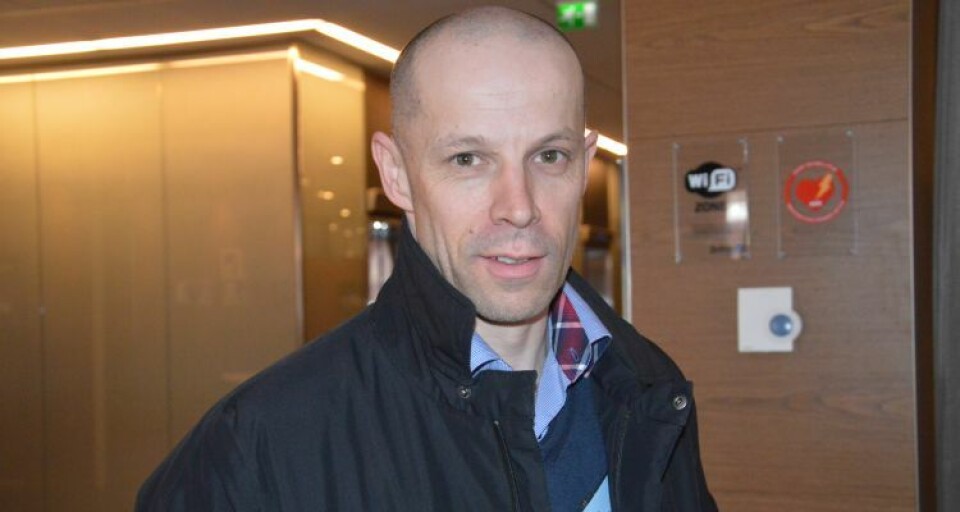
EBIT/kg improves in Q1 for Norwegian Royal Salmon
Norway Royal Salmon (NRS) today reported an operational EBIT for the first quarter of 2019 of NOK 164 million (£14.7m) and an EBIT per kg of NOK 22.42. Corresponding figures from the same quarter last year are NOK 193m and NOK 18.78.
“We are pleased with the operation during the quarter in our main region, Region North. It is particularly gratifying that Finnmark continues a good trend,” said chief executive Charles Høstlund in the stock exchange announcement.
“Region South has slaughtered from the same site as in the previous quarter, with announced high production costs due to biological challenges. An important milestone has also been reached in the quarter by slaughtering our first salmon from Arctic Fish in Iceland with a good biological result.”
Region North
Region North achieved an operational EBIT in the first quarter of 2019 of NOK 179m, compared with NOK 184.4m in the same quarter last year. Operational EBIT per kg gutted weight was NOK 25.51 compared to NOK 19.22 in the corresponding quarter last year.
Region South
Region South achieved an operational EBIT in the first quarter of 2019 of NOK 2.5m, compared with NOK 20.9 million in the same quarter last year. Operational EBIT per kg gutted weight was NOK 2.31 compared to NOK 15.64 in the corresponding quarter last year.
NRS harvested a volume of 8,096 tonnes gutted weight in the quarter, which is 26% lower than the corresponding quarter last year. The Q1 harvest volume is divided between 7,016 tonnes in Region North and 1,080 tonnes in Region South. The harvest volume for the whole of 2019 is expected to be 37,500 tonnes.
“We continue to develop the company and have continued our investment programme. It is therefore gratifying that we were recently able to announce that Fosen Yard will build the cages for our offshore aquaculture facility, Arctic Offshore Farming,” said Høstlund. “We are now developing new technology that will help to develop the industry further, and create a number of jobs along the coast.”




















































